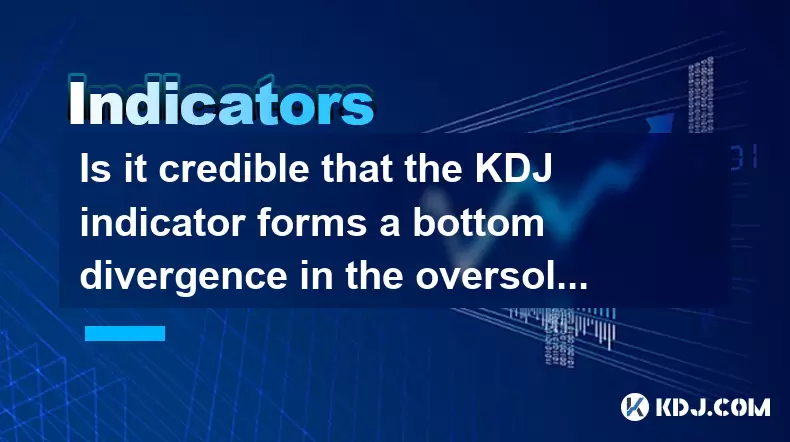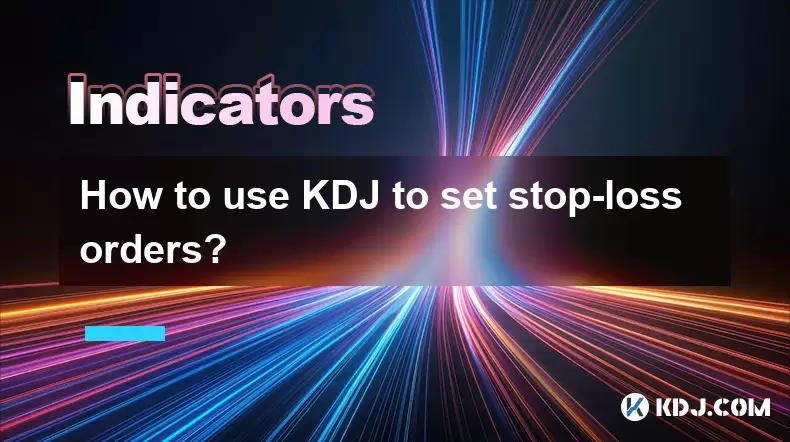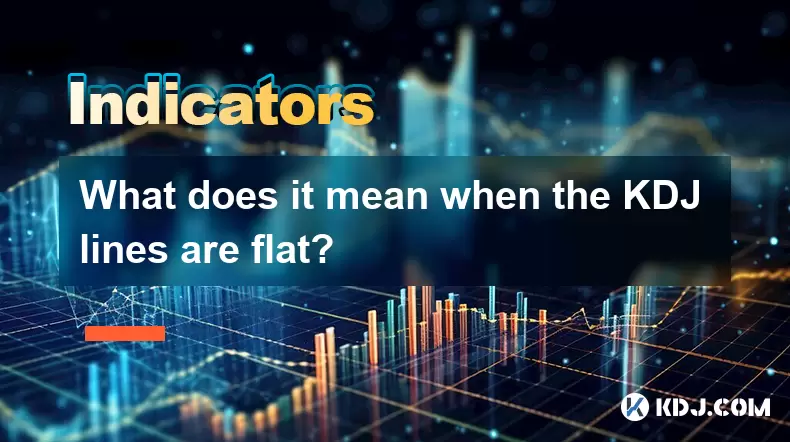-
 Bitcoin
Bitcoin $114700
-3.36% -
 Ethereum
Ethereum $3619
-6.51% -
 XRP
XRP $2.926
-7.66% -
 Tether USDt
Tether USDt $0.9998
-0.02% -
 BNB
BNB $768.6
-4.90% -
 Solana
Solana $168.2
-7.52% -
 USDC
USDC $0.9999
0.00% -
 Dogecoin
Dogecoin $0.2045
-9.02% -
 TRON
TRON $0.3243
-0.27% -
 Cardano
Cardano $0.7208
-8.45% -
 Hyperliquid
Hyperliquid $39.74
-9.17% -
 Stellar
Stellar $0.3882
-8.79% -
 Sui
Sui $3.481
-11.93% -
 Chainlink
Chainlink $16.52
-9.04% -
 Bitcoin Cash
Bitcoin Cash $556.7
-4.79% -
 Hedera
Hedera $0.2444
-11.40% -
 Avalanche
Avalanche $21.96
-8.51% -
 Ethena USDe
Ethena USDe $1.001
-0.02% -
 UNUS SED LEO
UNUS SED LEO $8.950
0.15% -
 Toncoin
Toncoin $3.425
-2.33% -
 Litecoin
Litecoin $104.4
-5.94% -
 Shiba Inu
Shiba Inu $0.00001212
-7.49% -
 Polkadot
Polkadot $3.630
-6.98% -
 Uniswap
Uniswap $9.165
-10.12% -
 Monero
Monero $306.8
-3.10% -
 Dai
Dai $0.9999
-0.01% -
 Bitget Token
Bitget Token $4.360
-3.43% -
 Pepe
Pepe $0.00001049
-9.59% -
 Cronos
Cronos $0.1352
-8.67% -
 Aave
Aave $256.5
-8.03%
Is it credible that the KDJ indicator forms a bottom divergence in the oversold zone?
KDJ bottom divergence in the oversold zone signals potential bullish reversals, especially when confirmed by volume, candlestick patterns, and higher timeframes.
Jul 30, 2025 at 06:01 pm

Understanding KDJ Indicator and Its Components
The KDJ indicator is a momentum oscillator widely used in technical analysis, especially within the cryptocurrency trading community. It consists of three lines: the %K line, the %D line, and the %J line. The %K line represents the current closing price relative to the high-low range over a specified period, usually 9 periods. The %D line is a moving average of %K, typically smoothed over 3 periods, while the %J line is calculated as 3×%K – 2×%D, making it more sensitive to price changes.
This indicator oscillates between 0 and 100, with levels above 80 considered overbought and below 20 regarded as oversold. Traders use these thresholds to identify potential reversal points. When the KDJ lines fall into the oversold zone, it may suggest that the asset has been excessively sold and could be due for a rebound. However, entering a trade solely based on oversold conditions can be risky without confirming signals.
What Is Bottom Divergence in KDJ?
Bottom divergence occurs when the price of a cryptocurrency makes a lower low, but the KDJ indicator forms a higher low. This mismatch between price action and indicator behavior signals weakening downward momentum and a potential bullish reversal. For this signal to be credible, the divergence must occur while the KDJ is in the oversold zone (below 20).
For example, if Bitcoin drops to $30,000 and the KDJ reaches 15, then later drops to $29,000 while the KDJ only falls to 18, this forms a bullish divergence. The price is lower, but the indicator is less oversold, indicating reduced selling pressure. This scenario is closely watched by traders on platforms like TradingView or Binance as a potential entry signal.
To visually confirm divergence:
- Plot the KDJ indicator on a candlestick chart.
- Identify two consecutive price lows.
- Compare the corresponding KDJ values at those lows.
- Ensure the second KDJ low is higher than the first, despite the lower price.
How to Confirm KDJ Bottom Divergence in Crypto Trading
Confirming divergence requires more than just visual inspection. Traders should integrate multiple confirmation techniques to reduce false signals. The first step is ensuring the KDJ settings are appropriate—commonly 9, 3, 3 (period, smoothing for %D, and %J calculation). Adjusting these may alter divergence detection.
Next, examine the timeframe. Divergence on higher timeframes like the 4-hour or daily chart carries more weight than on 5-minute charts. A divergence on the daily chart for Ethereum suggests a stronger reversal possibility than one on a 15-minute chart.
Additional confirmation tools include:
- Volume analysis: Increasing volume during the second low supports the divergence signal.
- Candlestick patterns: Bullish patterns like hammer or morning star near the second low add credibility.
- Support levels: If the price is near a known support zone, the divergence becomes more reliable.
On Binance or Bybit, traders can use built-in drawing tools to draw trendlines connecting KDJ lows and price lows to clearly visualize the divergence.
Practical Steps to Trade KDJ Bottom Divergence in Oversold Zone
Executing a trade based on KDJ divergence involves a structured approach. The following steps outline a detailed operational process:
- Open your trading platform and load the KDJ indicator on the desired cryptocurrency pair (e.g., BTC/USDT).
- Set the KDJ parameters to 9, 3, 3 unless backtesting suggests otherwise.
- Switch to a 4-hour or daily chart for higher reliability.
- Identify a recent price low followed by a lower price low.
- Check the corresponding KDJ values: the second low in KDJ should be higher than the first.
- Ensure both KDJ readings are below 20, confirming the oversold condition.
- Wait for the %K line to cross above the %D line within the oversold zone as a trigger.
- Place a buy order at the close of the candle where the crossover occurs.
- Set a stop-loss just below the most recent price low to manage risk.
- Use a take-profit level at the nearest resistance or based on a risk-reward ratio (e.g., 1:2).
For example, if Cardano drops to $0.38, then later to $0.37 with KDJ rising from 16 to 19, and %K crosses %D upward at $0.37, this could be a valid entry. Always backtest this strategy on historical data using tools like MetaTrader or Python libraries such as TA-Lib.
Common Pitfalls and Misinterpretations
Many traders misinterpret KDJ signals, especially in volatile crypto markets. One major error is acting on divergence without oversold confirmation. A higher KDJ low occurring at 40 is not a bottom divergence—it lacks the oversold context.
Another issue is ignoring market context. During strong downtrends, KDJ can remain oversold for extended periods. A divergence may appear early, leading to premature entries. For instance, Solana might show divergence at $70 but continue dropping to $50 due to macroeconomic factors.
Over-optimizing KDJ parameters can also distort signals. Using a 5-period KDJ may generate more crossovers but increases false positives. Stick to standard settings unless rigorous testing supports changes.
Lastly, not combining with other indicators reduces reliability. Relying solely on KDJ is risky. Pair it with RSI, MACD, or moving averages for stronger confluence.
Frequently Asked Questions
Can KDJ bottom divergence fail even in the oversold zone?
Yes, KDJ bottom divergence can fail even when occurring in the oversold zone. Market sentiment, news events, or whale activity can override technical signals. For example, a sudden regulatory announcement about a cryptocurrency may cause continued selling despite a bullish divergence.
Is KDJ more reliable on certain cryptocurrencies?
The reliability of KDJ varies with liquidity and volatility. It tends to work better on high-market-cap coins like Bitcoin or Ethereum due to more predictable price movements. Low-cap altcoins with erratic price swings may generate misleading KDJ signals.
How do I adjust KDJ settings for different timeframes?
For shorter timeframes (e.g., 15-minute), consider using 6, 3, 3 to increase sensitivity. For weekly charts, 14, 3, 3 may smooth out noise. Always test adjustments in a demo account before live trading.
Does KDJ divergence work in sideways markets?
Yes, KDJ divergence can be effective in ranging markets. In a sideways trend, repeated oversold and overbought conditions create multiple divergence opportunities. Traders often use KDJ in combination with Bollinger Bands to identify range boundaries and time entries.
Disclaimer:info@kdj.com
The information provided is not trading advice. kdj.com does not assume any responsibility for any investments made based on the information provided in this article. Cryptocurrencies are highly volatile and it is highly recommended that you invest with caution after thorough research!
If you believe that the content used on this website infringes your copyright, please contact us immediately (info@kdj.com) and we will delete it promptly.
- Australia vs Lions: Unleashing Betting Offers and Free Bets for the Thrilling Finale
- 2025-08-01 16:30:11
- Bitcoin, Satoshi, and the Echoes of Ancient Wisdom in DeFi
- 2025-08-01 16:50:12
- ONDO Tokens: Could They Mint the Next Crypto Millionaires?
- 2025-08-01 16:30:11
- Satoshi, Meme Coins, and Substance: A New Era?
- 2025-08-01 16:50:12
- Decoding the Roar: Australia, the Lions, and the Betting Odds
- 2025-08-01 16:55:48
- Bitcoin Price Plummets Amid Trump Tariffs: A Market Sell-Off Deep Dive
- 2025-08-01 16:55:48
Related knowledge

How do I secure my private key?
Aug 01,2025 at 05:14pm
Understanding the Importance of Private Key SecurityYour private key is the most critical component of your cryptocurrency ownership. It is a cryptogr...

How does the KDJ indicator apply to decentralized finance (DeFi) tokens?
Aug 01,2025 at 04:43pm
Understanding the KDJ Indicator in Technical AnalysisThe KDJ indicator is a momentum oscillator derived from the Stochastic Oscillator, widely used in...

What is the difference in KDJ signal interpretation between a trending and a ranging market?
Aug 01,2025 at 03:56pm
Understanding the KDJ Indicator in Cryptocurrency TradingThe KDJ indicator is a momentum oscillator widely used in cryptocurrency trading to identify ...

Does the KDJ indicator work well for low-liquidity crypto assets?
Aug 01,2025 at 02:01pm
Understanding the KDJ Indicator in Cryptocurrency TradingThe KDJ indicator is a momentum oscillator derived from the Stochastic Oscillator, widely use...

How to use KDJ to set stop-loss orders?
Aug 01,2025 at 04:28pm
Understanding the KDJ Indicator in Cryptocurrency TradingThe KDJ indicator is a momentum oscillator widely used in technical analysis within the crypt...

What does it mean when the KDJ lines are flat?
Aug 01,2025 at 03:22pm
Understanding the KDJ Indicator in Cryptocurrency TradingThe KDJ indicator is a momentum oscillator widely used in cryptocurrency technical analysis t...

How do I secure my private key?
Aug 01,2025 at 05:14pm
Understanding the Importance of Private Key SecurityYour private key is the most critical component of your cryptocurrency ownership. It is a cryptogr...

How does the KDJ indicator apply to decentralized finance (DeFi) tokens?
Aug 01,2025 at 04:43pm
Understanding the KDJ Indicator in Technical AnalysisThe KDJ indicator is a momentum oscillator derived from the Stochastic Oscillator, widely used in...

What is the difference in KDJ signal interpretation between a trending and a ranging market?
Aug 01,2025 at 03:56pm
Understanding the KDJ Indicator in Cryptocurrency TradingThe KDJ indicator is a momentum oscillator widely used in cryptocurrency trading to identify ...

Does the KDJ indicator work well for low-liquidity crypto assets?
Aug 01,2025 at 02:01pm
Understanding the KDJ Indicator in Cryptocurrency TradingThe KDJ indicator is a momentum oscillator derived from the Stochastic Oscillator, widely use...

How to use KDJ to set stop-loss orders?
Aug 01,2025 at 04:28pm
Understanding the KDJ Indicator in Cryptocurrency TradingThe KDJ indicator is a momentum oscillator widely used in technical analysis within the crypt...

What does it mean when the KDJ lines are flat?
Aug 01,2025 at 03:22pm
Understanding the KDJ Indicator in Cryptocurrency TradingThe KDJ indicator is a momentum oscillator widely used in cryptocurrency technical analysis t...
See all articles

























































































